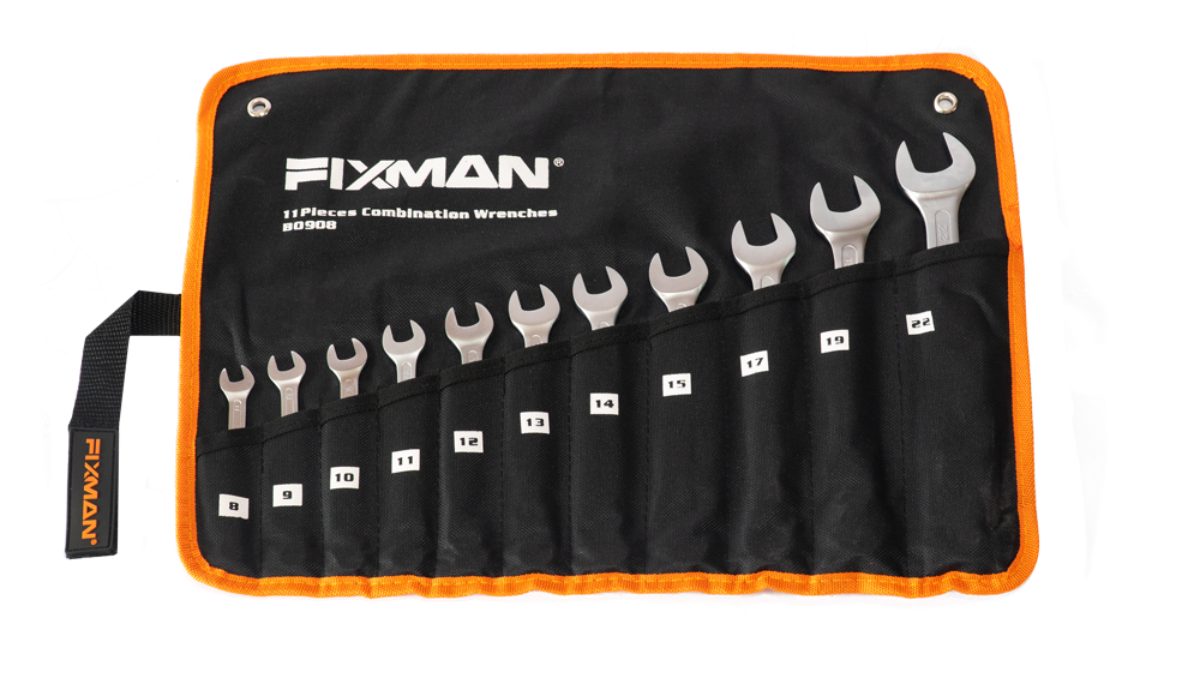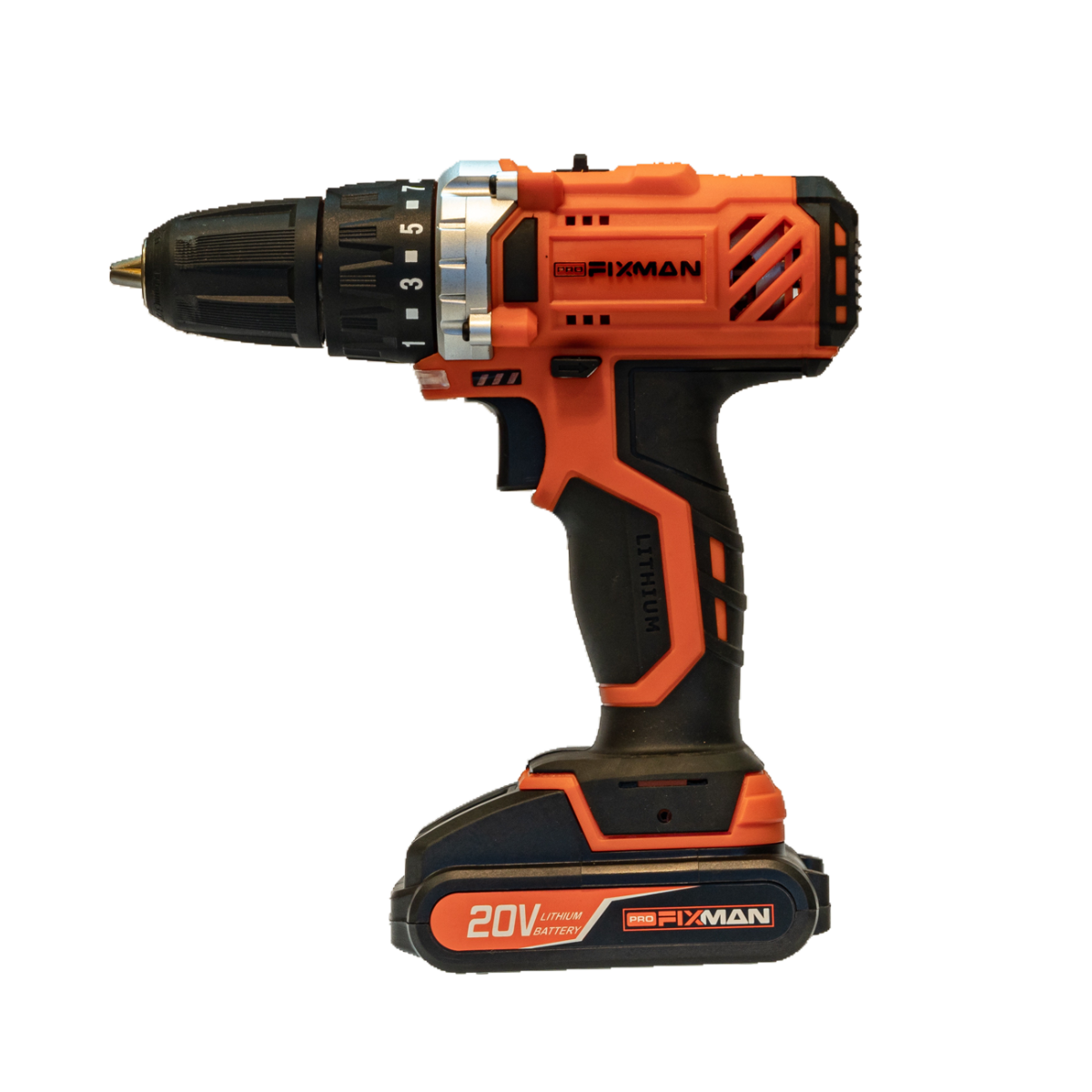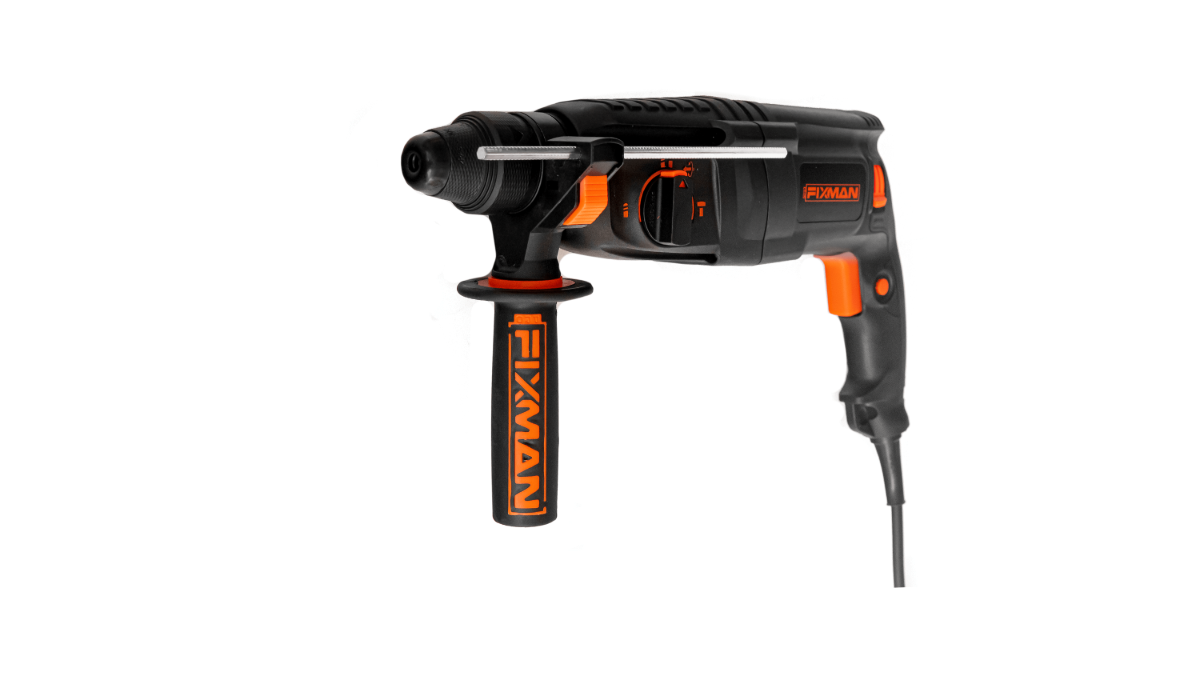How To Properly Maintain Your Power Tools
August 18, 2021
How can I maintain my power tools?
- Clean Regularly
- Store Properly
- Maintain Sharpness and Calibration
- Lubricate Your Tool
- Inspect for Wear or Damage
- Check Batteries
- Avoid Overheating
- Avoid Moisture
Power tools are quite the investment for your at-home toolkits. If you want to get the most value out of them, you have to take steps to ensure that they work for a long time. To do that, here are some tips on how to maintain your power tools. They’re easy to follow and require only time and effort on your part.
Clean Regularly
To start with your maintenance practices, make sure to regularly clean your power tools after every use before putting them away. Cleaning is done with two simple tools: a cloth and a stiff brush. Use your cloth to wipe off dirt and other debris from the power tool’s exterior.
Use your brush to clean out the nooks and crannies, as well as the tool’s exhaust vent. When cleaning with a brush, the key is to use gentle motions, to avoid pushing debris further into the tool. If you prefer, you can also use compressed air to vent out dust and dirt from the tool instead.
Store Properly
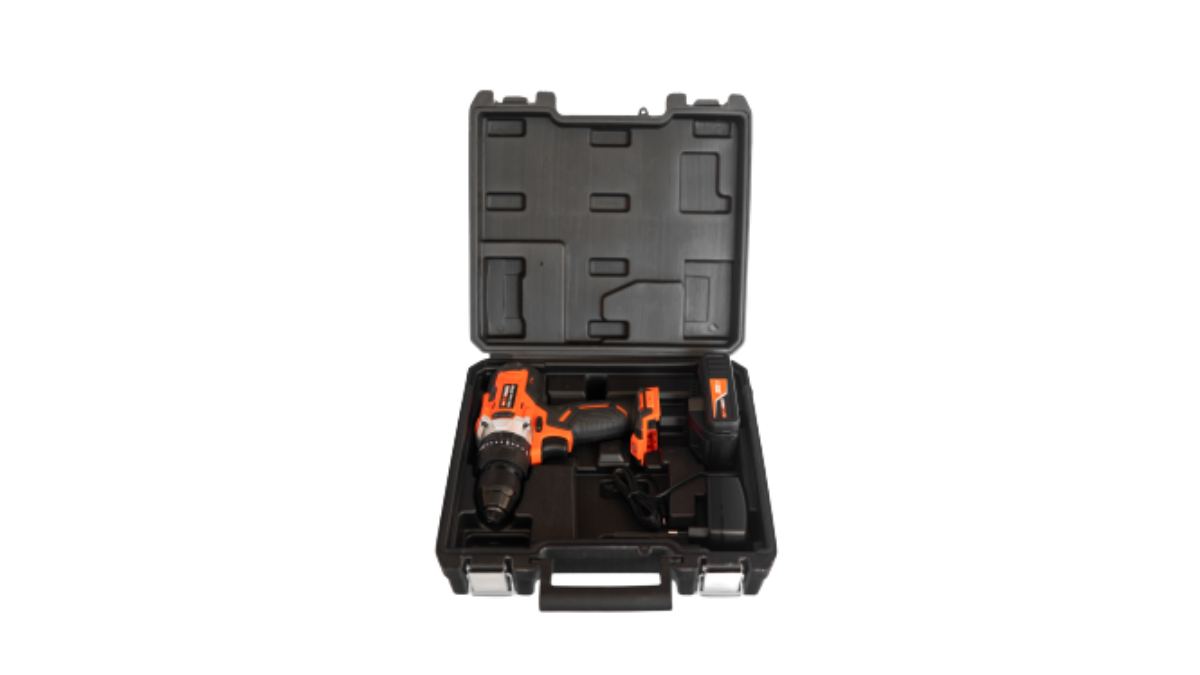
After a thorough cleaning, you should make sure your storage system is correct for your power tool. A proper system consists of one or more of these items: toolboxes, containers, and shelving units.
Proper storage practices keep the tools protected from additional dust or damage, preserving their condition. Make sure your storage is in places that aren’t exposed to drastic temperatures either, as those can damage the casing and electronics of the power tool.
Maintain Sharpness and Calibration
Using worn parts for your power tools can put extra stress on its motor and moving parts — meaning that your tool will have to work even harder to get the job done. This can cause extra damage to other parts, which you want to avoid.
Check the sharpness of your drill bits and saw blades before powering up your tool, and sharpen or replace these parts if they’re not up for the job. Likewise, make sure if your bits or blades are meant to work on the material you’re using. If not, you may end up dulling the sharp edges much faster than they should be.
Power tools should also be recalibrated every so often. They’re precision instruments, which means the tool’s moving parts rely on correct alignment to function. Without this alignment, it may malfunction and become damaged. Check your user manual for how often you should recalibrate the apparatus or take it to a servicing center for inspection.
Lubricate Your Tool
Lubrication is also needed so that power tools can operate without too much friction. Without proper lubrication, there will be plenty of abrasion and scraping between moving parts, which will result in extensive wear and tear.
In your user manual, there should be a section under tool maintenance instructing you on how to correctly lubricate your power tool, as well as what types of lubricants you should use. Keeping up with this practice will prevent moving parts from breaking and chafing.
Inspect for Wear or Damage
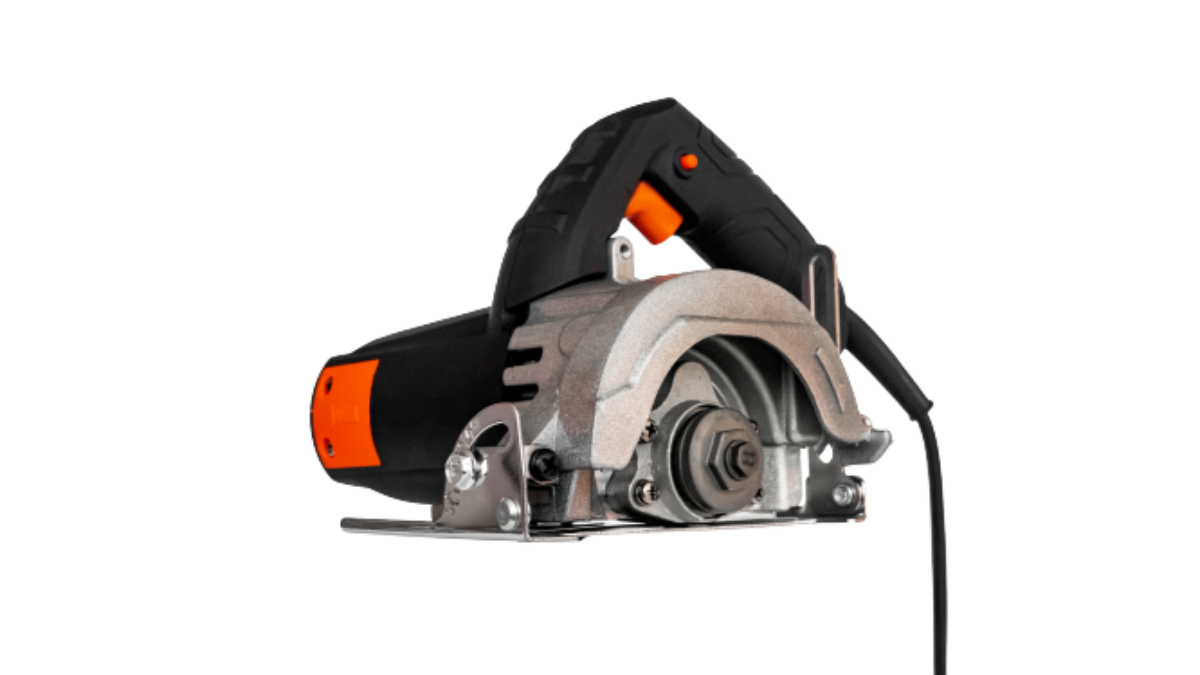
If you use your power tools quite often, it can be easy to accidentally overlook certain details about them. You might not even notice that the performance has gradually gotten worse over time. This is a result of not inspecting the tools thoroughly before use.
It is important to regularly check over each part for wear or damage which could impair performance. Pay close attention to strange noises or smells coming from the instrument when in use. These are strong indicators that your power tool may need repair or replacement.
Some power tools have parts that you can readily replace once they have become worn out. Things like brushes, motors, bands, and other parts can be bought from the same manufacturer or store that you got the power tool from. Buying from the same source ensures that these parts are compatible with the tool.
Check Batteries
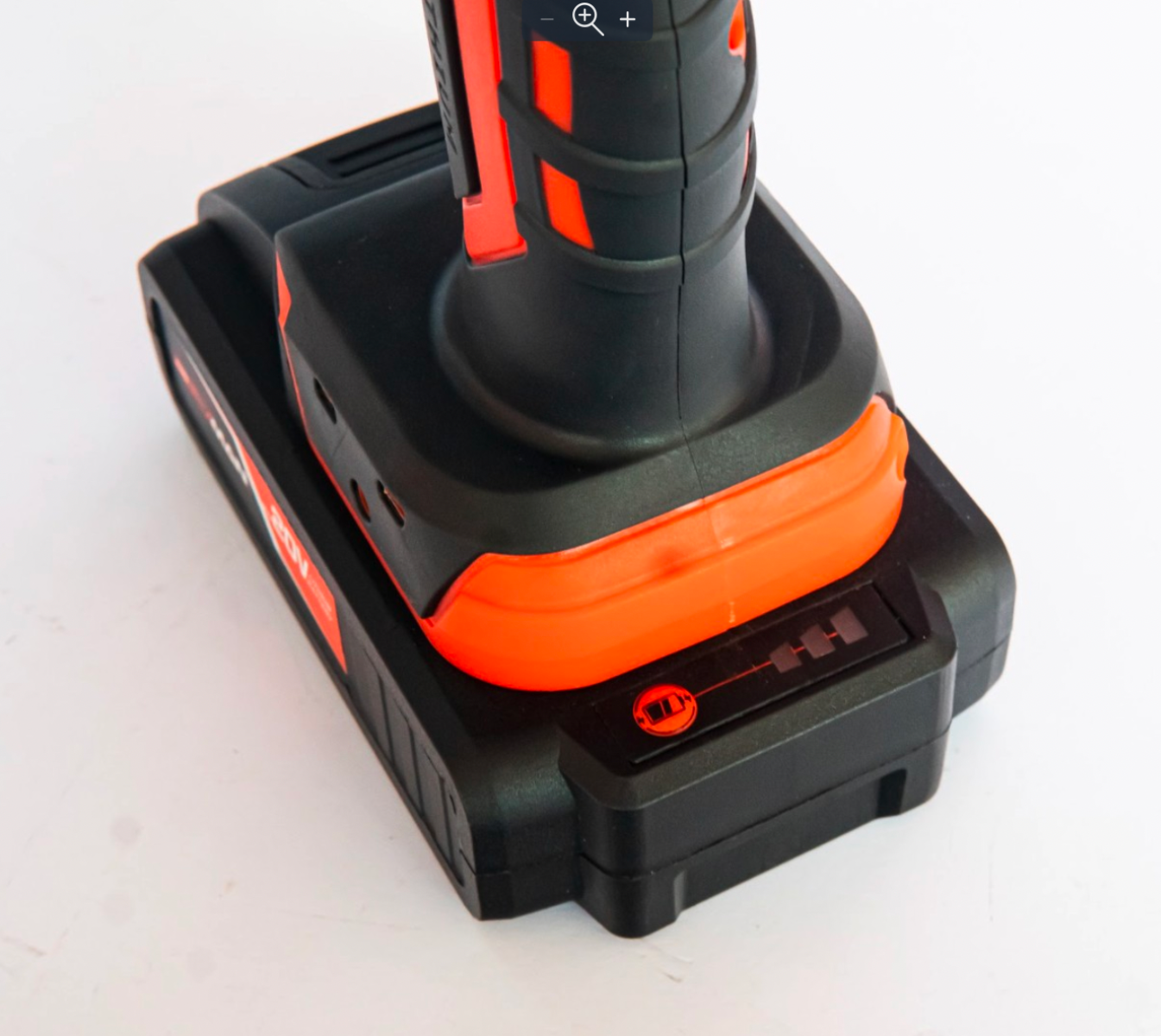
Check your power tool’s batteries often. These batteries are expensive and can be damaged by overuse, overcharging, overheating, and many other causes. However, proper care can extend their life and ensure that they provide enough energy to power your tools at optimal levels.
So, to safeguard their quality, keep your batteries stored in controlled environments — keep temperature fluctuations and moisture at a minimum. Heat changes, direct sunlight, and water can cause irreparable damage to batteries. Avoid draining the batteries completely, or charging them for too long, as this can reduce their lifespan.
Avoid Overheating
Overheating your power tool can wear out the motor and its moving parts. This usually happens when you work through tough materials, like thick wood panels or concrete. It can also happen when your power tool is clogged with debris or is using worn drill bits or saws. If your tool seems to be getting warmer than usual, take a break from your project and inspect it. This allows it enough time to cool down, and for you to find the cause of the overheating.
Avoid Moisture
Moisture can also build up near your power tool, which causes rust to form, and can also destroy any electrical components within the tool. To prevent this from happening, try adding silica gel packs into your storage containers. These are affordable and can absorb the water in the air, reducing humidity within the container. Anti-rust liners can also be used in your drawers and shelves to draw moisture from the air and away from your power tools.
Key Takeaway
Your tools are an expensive but invaluable asset for laborious construction and home improvement jobs. Knowing how to maintain your power tools is the key to making sure that they last, and can work well for a long time. Protect your investment by starting these maintenance practices today.




